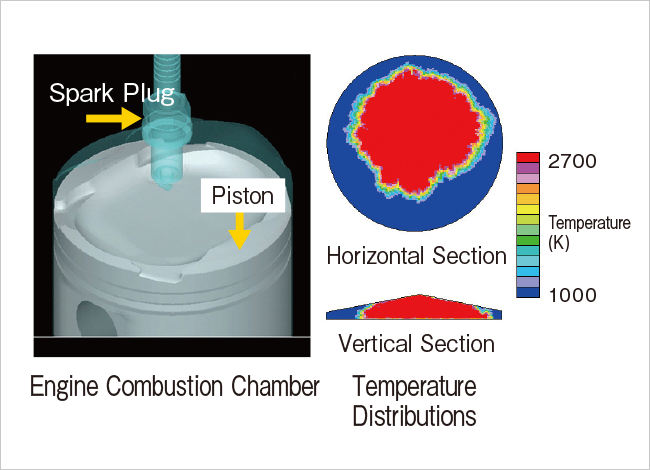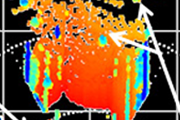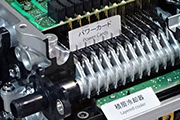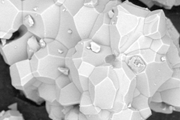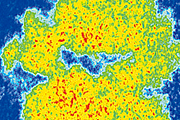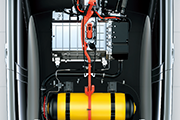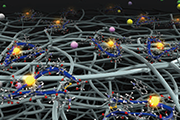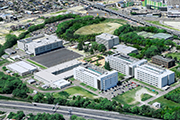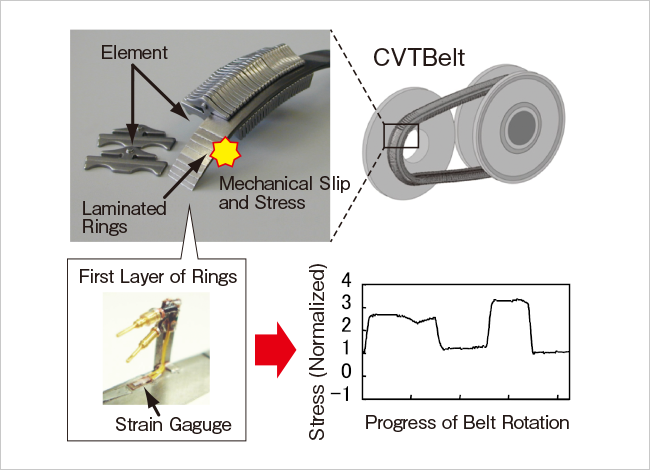POWERTRAINS
Almost all vehicles, including next-generation environmentally friendly cars, have an engine that converts fuel to motive power, a drivetrain that transmits that power to the wheels, and catalysts that detoxify combustion gases.
Population growth and urbanization are two significant trends of the modern world. Improving the efficiency and environmental performance of vehicles is one of our central social responsibilities, and we have been working with the Toyota group to achieve this objective.
With our long history of research and development in these fields, we have been working to deepen understanding of key phenomena, improve performance based on this understanding, and develop new mechanisms and functions. We are accomplishing this by pushing forward the boundaries of analytical, measurement, and simulation technologies, developing new system analysis and control technologies, identifying new materials, and establishing new manufacturing methods.
